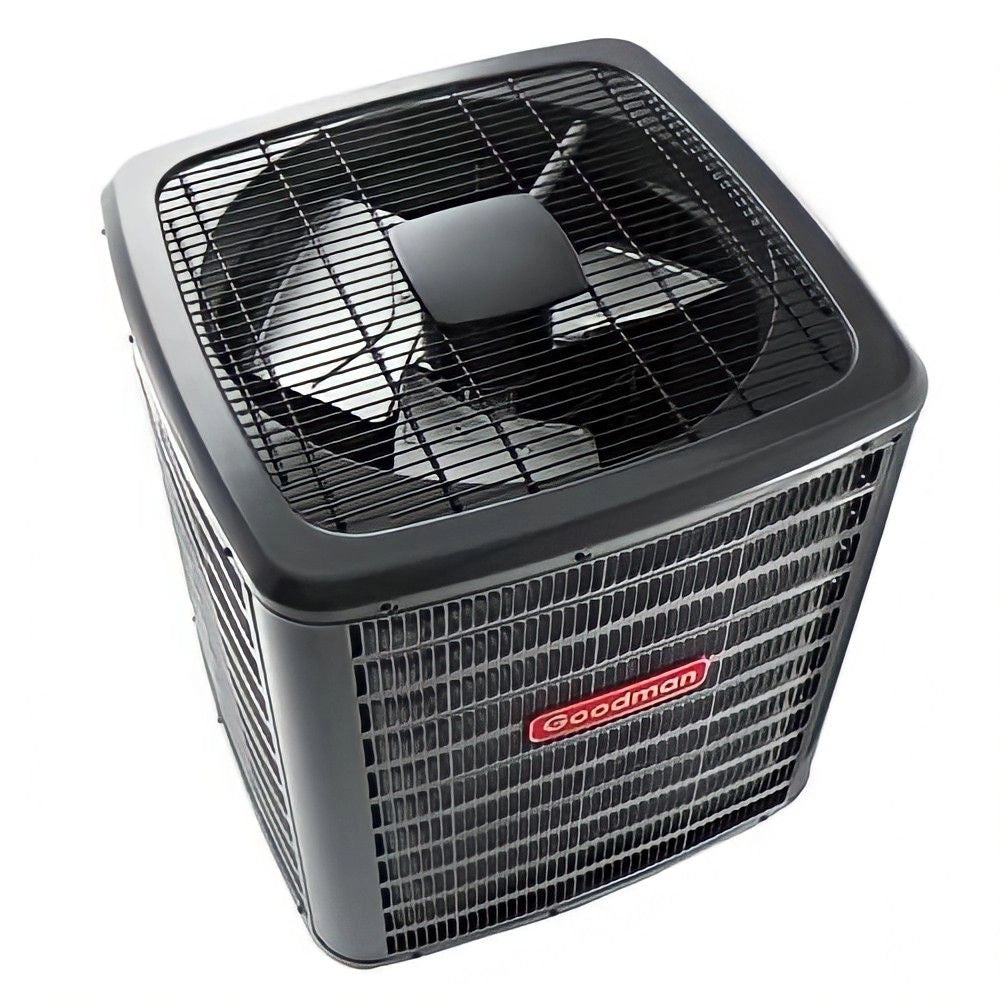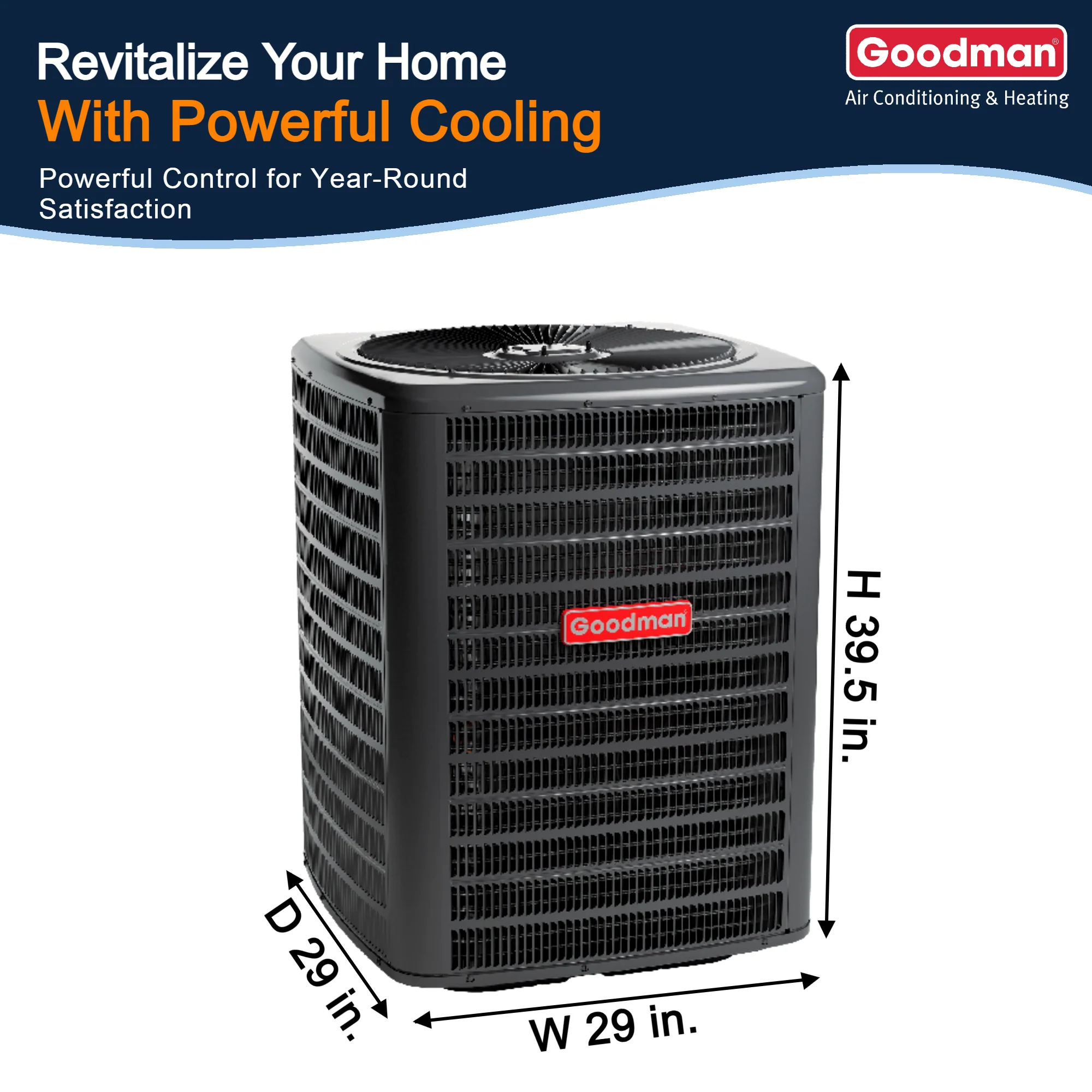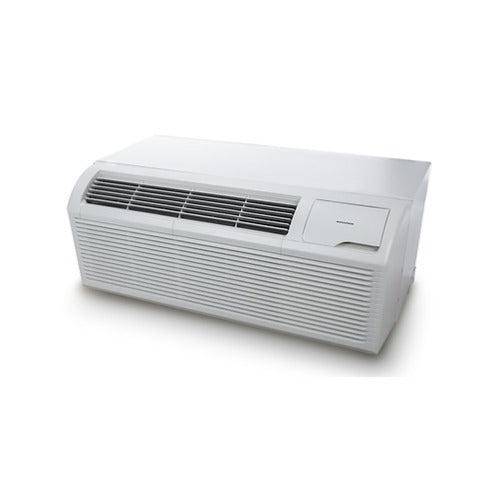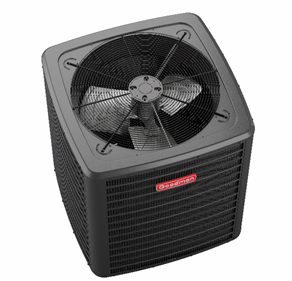Properly sizing a commercial air conditioning system is crucial for achieving optimal energy efficiency, ensuring occupant comfort, and prolonging the lifespan of the equipment. An incorrectly sized system—whether too large or too small—can lead to increased energy consumption, higher operational costs, and reduced system performance. This article explores the significance of proper sizing in commercial air conditioning, incorporating key concepts such as BTU, R-32 refrigerant, SEER2, and references to authoritative sources like ASHRAE and the EPA.
Understanding HVAC Sizing
In the context of HVAC (Heating, Ventilation, and Air Conditioning) systems, "sizing" refers to determining the appropriate capacity of equipment needed to effectively heat or cool a given space. This capacity is typically measured in tons, where one ton equals the ability to remove 12,000 British Thermal Units (BTUs) of heat per hour. For example, a 5-ton air conditioner can remove 60,000 BTUs of heat per hour. Accurately calculating the required capacity is essential to ensure the system meets the specific demands of the commercial space without overworking or underperforming.
Consequences of Improper Sizing
-
Oversized Systems:
An air conditioner that is too large for the intended space can lead to several issues:
-
Short Cycling: The system may cool the area too quickly, causing it to shut off before completing a full cooling cycle. This frequent on-and-off cycling increases wear and tear on components, reduces the system's lifespan, and leads to higher energy consumption.
-
Humidity Problems: Proper dehumidification requires the air conditioner to run for sufficient periods. An oversized unit may not operate long enough to effectively remove moisture from the air, resulting in a damp and uncomfortable environment.
-
-
Undersized Systems:
Conversely, a system that is too small will struggle to cool the space adequately:
-
Continuous Operation: The unit may run continuously in an attempt to reach the desired temperature, leading to increased energy usage and higher utility bills.
-
Inadequate Cooling: Despite constant operation, an undersized system may fail to maintain comfortable temperatures, especially during peak heat periods.
-
Factors Influencing Proper Sizing
Determining the correct size for a commercial air conditioning system involves several considerations:
-
Building Size and Layout: The total square footage and configuration of the space significantly impact cooling requirements. Larger areas or spaces with high ceilings may necessitate systems with greater capacity.
-
Occupant Load: The number of people regularly occupying the space affects internal heat gain, influencing the cooling load.
-
Heat-Generating Equipment: The presence of machinery, lighting, and other equipment that emits heat must be factored into the sizing calculation.
-
Insulation and Building Materials: The quality of insulation and the thermal properties of building materials affect how much heat enters or escapes the building, impacting the cooling load.
-
Climate and Location: Local climate conditions, including average temperatures and humidity levels, play a role in determining the necessary system capacity.
Industry Standards and Guidelines
To ensure accurate sizing and optimal performance, adherence to established standards is essential:
-
ASHRAE Standards: The American Society of Heating, Refrigerating, and Air-Conditioning Engineers (ASHRAE) provides comprehensive guidelines for HVAC system design, including proper sizing methodologies. ASHRAE Standard 90.1, for instance, sets the minimum energy efficiency requirements for buildings, influencing HVAC system selection and sizing.
-
EPA Recommendations: The Environmental Protection Agency (EPA) emphasizes the importance of energy efficiency in HVAC systems to reduce environmental impact and operational costs. Properly sized systems contribute to achieving these efficiency goals.
Energy Efficiency Considerations
Proper sizing directly impacts the energy efficiency of an air conditioning system:
-
SEER2 Ratings: The Seasonal Energy Efficiency Ratio (SEER) measures the cooling output of an air conditioner over a typical cooling season divided by the energy consumed in watt-hours. SEER2 represents the updated standard, reflecting more accurate testing conditions. Higher SEER2 ratings indicate more efficient systems. However, even a high-SEER2 unit will underperform if improperly sized.
-
Refrigerant Choice: Modern systems often use R-32 refrigerant, known for its lower Global Warming Potential (GWP) compared to older refrigerants. While the choice of refrigerant affects environmental impact, proper system sizing remains critical to overall efficiency and performance.
Calculating the Correct Size
While rules of thumb exist, such as allocating approximately 1 ton of cooling capacity for every 500 to 600 square feet of commercial space, these are general estimates and may not account for specific factors unique to a building. A detailed load calculation, often performed by HVAC professionals, considers all relevant variables to determine the precise capacity needed.
Conclusion
Proper sizing of commercial air conditioning systems is fundamental to achieving energy efficiency, ensuring occupant comfort, and extending equipment lifespan. Oversized or undersized units can lead to operational issues, increased energy consumption, and higher costs. By adhering to industry standards set by organizations like ASHRAE and considering factors such as building characteristics, occupancy, and climate, businesses can ensure their HVAC systems are appropriately sized. Engaging qualified HVAC professionals to perform detailed load calculations is essential for selecting a system that meets the specific needs of the space, ultimately contributing to a comfortable and energy-efficient environment.







